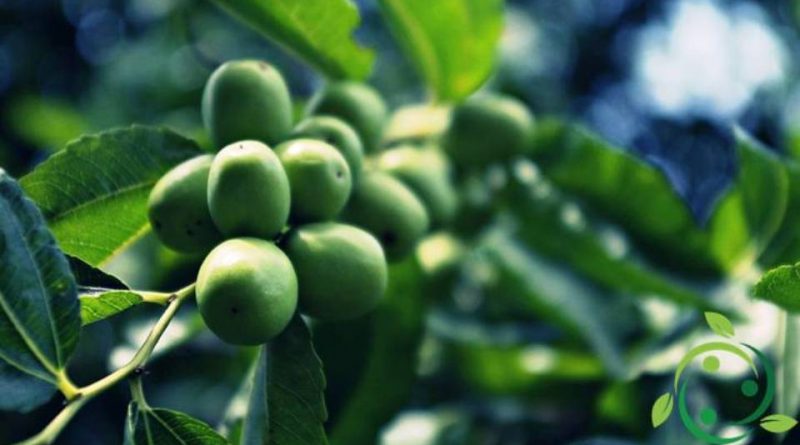How to prepare a cutting of Jujube
How to prepare a cutting of Jujube
Jujube (Ziziphus jujuba Mill.) is a fruit tree of the Rhamnaceae family, also known as Chinese date, natsume or tsao (simplified Chinese: 枣; traditional Chinese: 棗; pinyin: zǎo).
The fruits of this plant are called jujubes.
In Italy there are no selected cultivars, but only of the types indicated generically:
– long-fruited;
– round fruit.
Both cultivars have good organoleptic characteristics and good productivity.
As for its propagation, the method by cuttings is possible.
The suitable period is always spring (maximum month of June) in order to root the cuttings before the arrival of the frost and sufficiently warm to trigger the hormonal process.
For the rooting of jujube cuttings, the optimal place is that of mini greenhouses or cold greenhouses to maintain a sufficiently high humidity value.
It is necessary to take two-year-old branches, which have more buds, making a clean cut, at the top and bottom and leaving, possibly a leaflet in the apical position and one in the basal position.
Furthermore, the basal suckers can be separated, which if extracted with small portions of roots take root very easily.
As for the substrate, it is advisable to prepare a mixture of sand + organic soil in the ratio 2: 1 and creating a layer of a few cm of draining material on the bottom of the pallets or small pots (coarse gravel or expanded clay). This will guarantee perfect drainage to the substrate which must always be kept fairly humid.
Before dipping the cutting into the substrate it is good to sprinkle it with a hormonal rooting powder that you can also prepare by hand.
The certainty that the cuttings will be rooted will come when the cuttings will emit stable shoots that will soon develop into leaflets.
For the transplant, it is necessary to wait until the following year when the young plant is now well rooted and formed.
The optimal transplant period is from late November to late February – early March, also depending on the seasonal trend and the latitude where you are.

